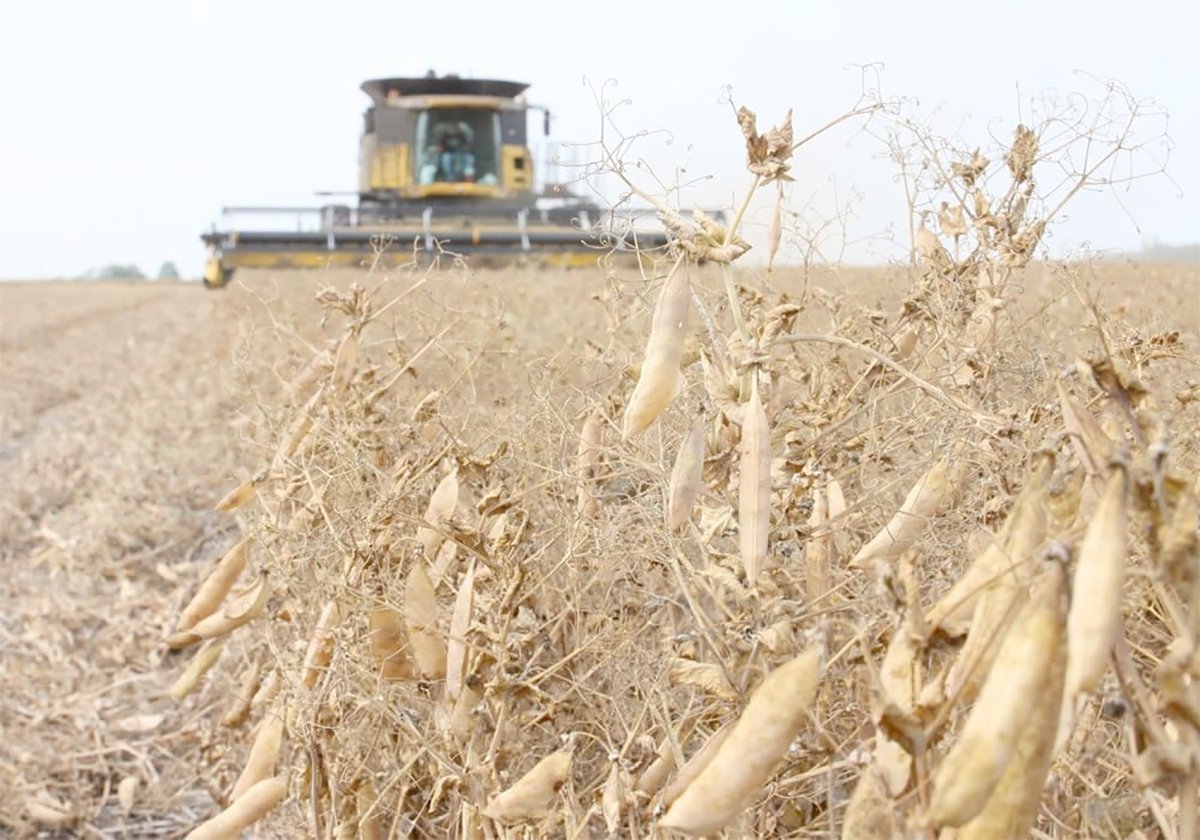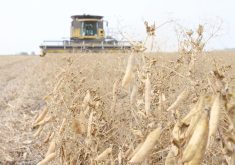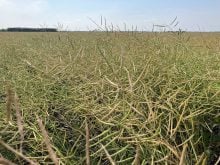SASKATOON – More than one million plastic pesticide containers are used each year in Canada and many are recycled. But how safe is that plastic?
Research at the University of Guelph shows not all plastics are created equal. Fluorination of plastic containers can help repel the toxic products they contain, making them safer.
The containers begin their new lives as fence posts, curb stops and fabrics. The recycled products have undergone extensive testing and have been proven safe in their new incarnations, but Guelph researchers say the products could be even less toxic with improved fluorination standards.
Read Also

Chinese, Indian tariffs take toll on pea prices
The disruption of pea exports from Canada’s largest customers will likely result in slow pea exports for the remainder of the crop year.
One problem is that recycling concentrates the pesticides.
The Centre for Toxicology at the University of Guelph found that even when triple rinsed the plastic containers still contained one-tenth of one percent pesticide residue. This number can be higher with certain solvent-based pesticides.
Reduces residue
Fluorination of the containers is not a required practice for manufacturers, but the study shows it reduces the amount of residue present in the plastic containers by up to 40 percent. Fluorination of the product takes place during moulding.
The study also showed pesticide penetration into the container increased when the product was stored at temperatures above 20 C.














